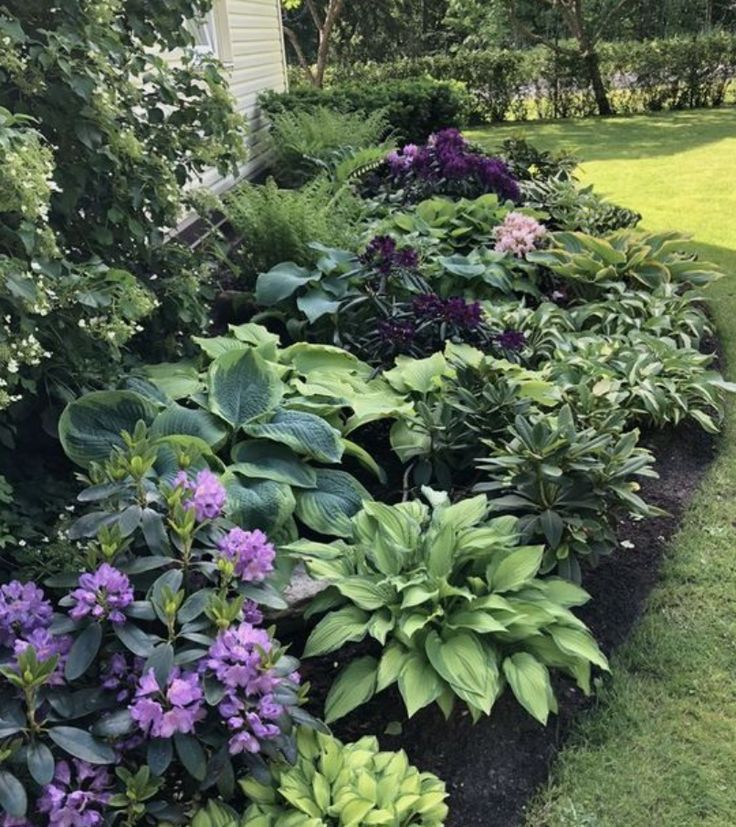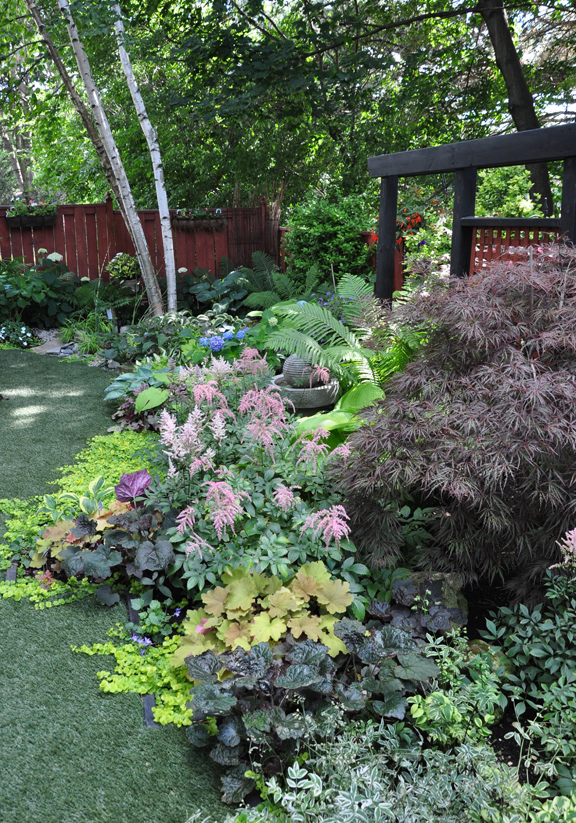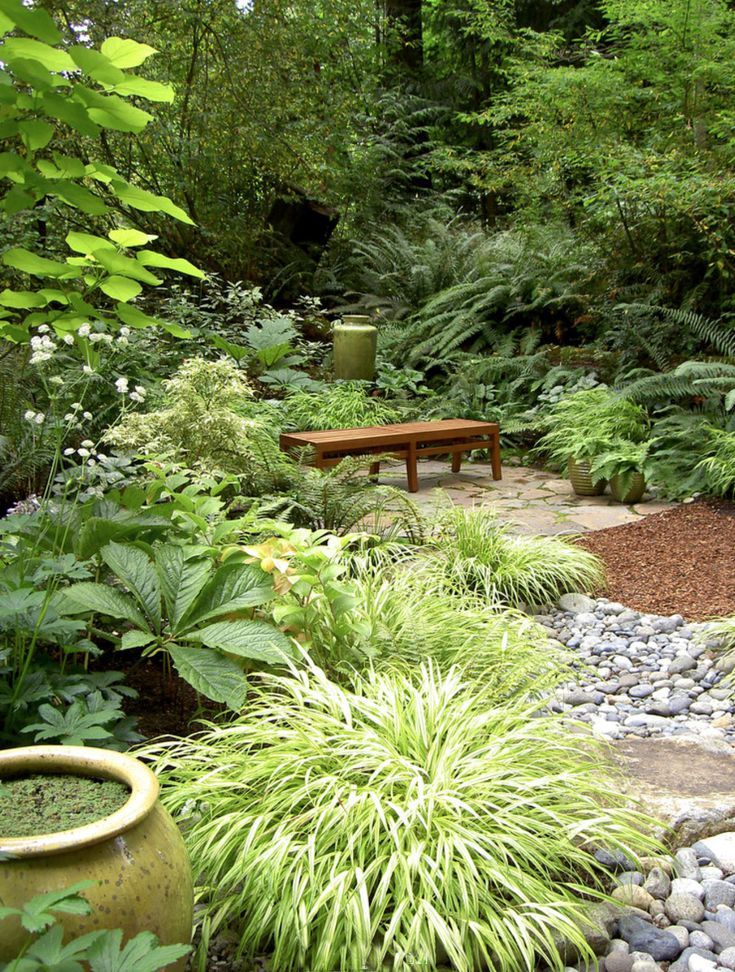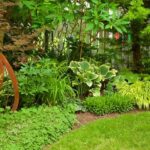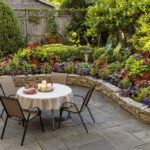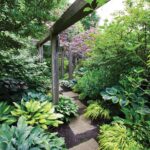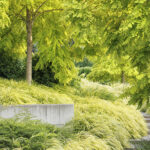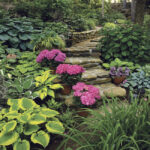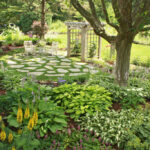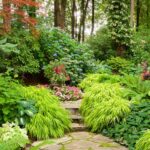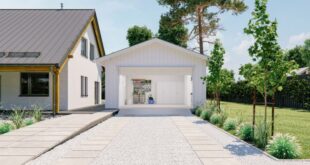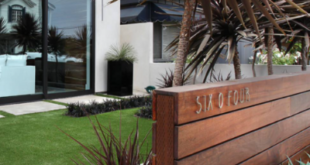Shade gardens can be a challenging environment to design and maintain, but with the right approach, they can be a beautiful and serene oasis in your backyard. When planning a shade garden, it is important to understand the level of shade in the area – whether it is light, partial, or full shade – in order to select the appropriate plants that will thrive in those conditions.
One important aspect to consider in shade garden design is the layering of plants. By incorporating plants of various heights and textures, you can create depth and interest in your garden. Tall plants such as ferns or hostas can be used as a backdrop, while smaller plants like impatiens or begonias can be placed in the foreground. This layering effect helps to maximize the available space in a shade garden and create a lush, inviting atmosphere.
In addition to plant selection, the use of hardscape elements such as pathways, seating areas, and decorative accents can enhance the overall design of a shade garden. Pathways made of stone or gravel can provide structure and delineate different areas of the garden, while a cozy bench or set of chairs can offer a place to relax and enjoy the peaceful surroundings. Adding decorative elements like bird baths or sculptures can also add visual interest and personality to a shade garden.
Another key consideration in shade garden design is the selection of plants with interesting foliage and flowers. While flowering plants may not bloom as prolifically in the shade as they do in the sun, there are still many options to choose from that can add color and vibrancy to a shady garden. Plants with variegated or textured leaves, such as hostas or heucheras, can provide visual interest year-round, while shade-loving flowers like astilbes or bleeding hearts can add pops of color in the spring and summer.
Maintenance is also an important aspect of shade garden design. Regular watering, mulching, and fertilizing are necessary to keep plants healthy and thriving in a shaded environment. It is also important to periodically prune and divide plants to prevent overcrowding and maintain a neat and tidy appearance. By staying on top of maintenance tasks, you can ensure that your shade garden continues to look its best year after year.
Overall, creating a successful shade garden requires careful planning, thoughtful plant selection, and regular maintenance. By incorporating a mix of plants, hardscape elements, and decorative accents, you can design a beautiful and harmonious outdoor space that thrives in the shade. With a little creativity and dedication, you can transform a shady corner of your yard into a tranquil and inviting retreat for you and your family to enjoy.
 yishifashion Where Outdoor Dreams Become Reality
yishifashion Where Outdoor Dreams Become Reality
